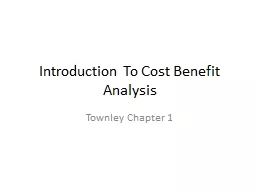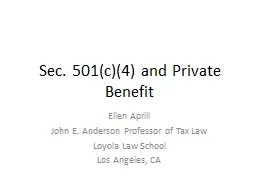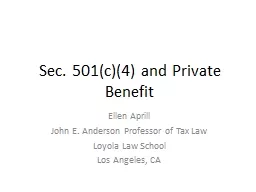PDF-General Question:Is there a benefit in search performance from prolong
Author : conchita-marotz | Published Date : 2016-08-19
U REPEATED SEARCH OOOOOCOOOOOOOOO Repeated SearchDisplay is jittered a few pixels to left or right after each trial to mask introduction of target Object recognition
Presentation Embed Code
Download Presentation
Download Presentation The PPT/PDF document "General Question:Is there a benefit in s..." is the property of its rightful owner. Permission is granted to download and print the materials on this website for personal, non-commercial use only, and to display it on your personal computer provided you do not modify the materials and that you retain all copyright notices contained in the materials. By downloading content from our website, you accept the terms of this agreement.
General Question:Is there a benefit in search performance from prolong: Transcript
Download Rules Of Document
"General Question:Is there a benefit in search performance from prolong"The content belongs to its owner. You may download and print it for personal use, without modification, and keep all copyright notices. By downloading, you agree to these terms.
Related Documents














